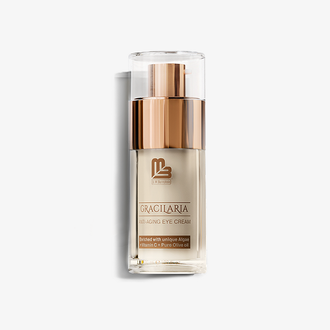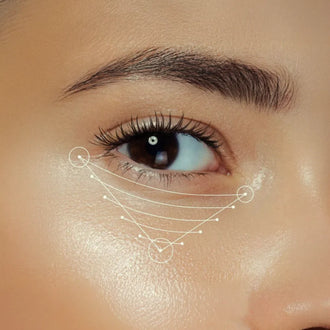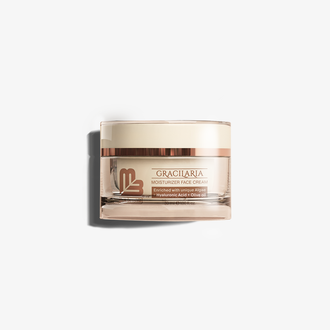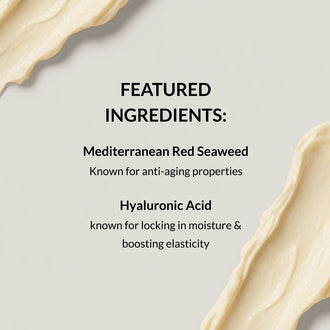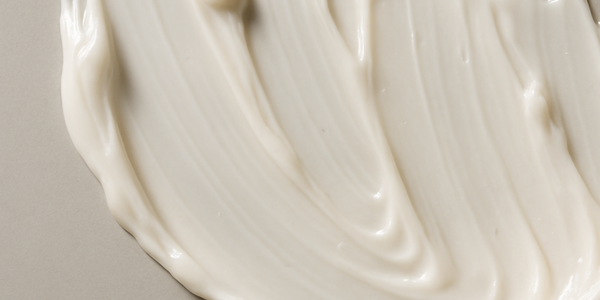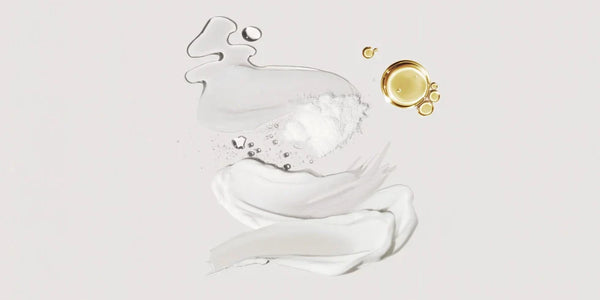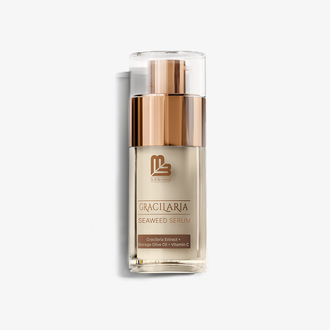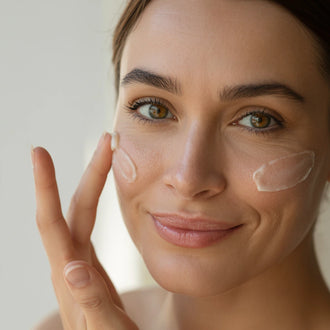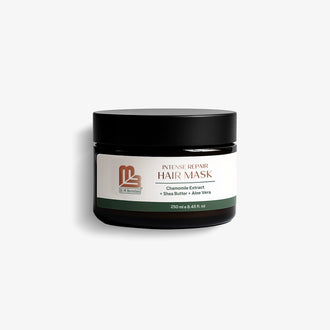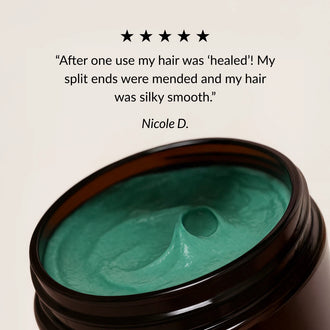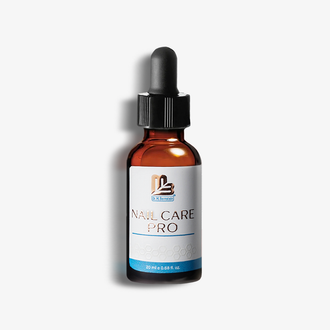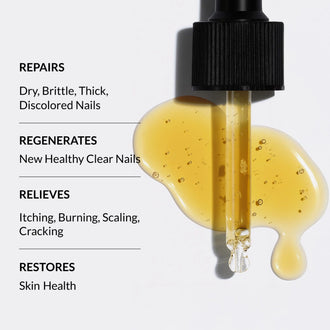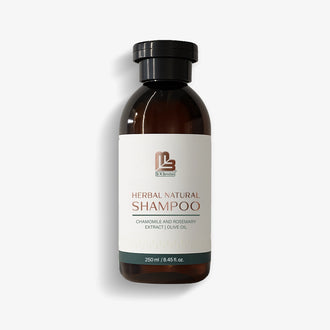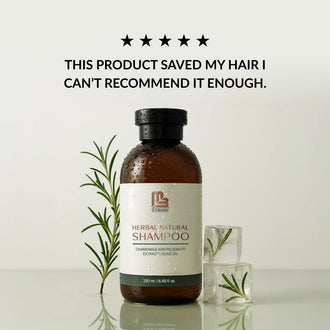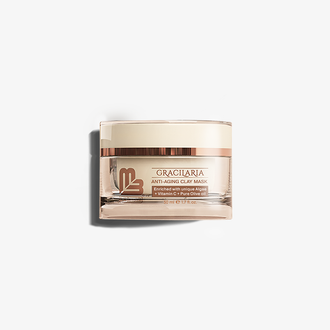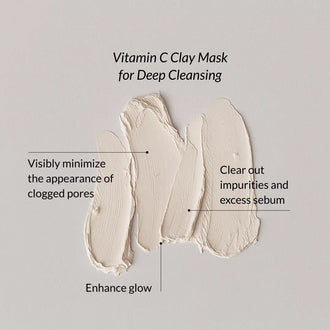From around the age of 25, the first signs of skin aging start to become obvious on the surface of the skin. Fine lines occur first and wrinkles, a loss of volume, and a lack of elasticity become visible with time.
There are several reasons why our skin ages. Many of the causes of skin aging are completely natural and cannot be changed. However, various variables might cause premature skin aging, which can be influenced. A holistic approach to lifestyle and skincare can help to lessen the apparent signs of skin aging while also preventing premature aging.
What Are the Signs of Skin Aging?
As skin ages, it undergoes several changes that manifest in various ways. Here are the common signs of aging skin:
Wrinkles and Fine Lines
The earliest visible signs of skin aging are fine lines and wrinkles. Smiling lines or crow's feet are shallow creases around the outer corners of the eyes. These may appear around the age of 30, but everyone ages differently, and our genetics and lifestyle determine how we age. The fine lines are followed by wrinkles on the forehead. These are called dynamic wrinkles because they appear only when our skin moves in response to changes in our facial expressions. As we age, they become stronger and develop into permanent wrinkles that may be seen even when our faces are still. Frowning can result in vertical lines between the eyebrows.
Wrinkles are caused primarily by the breakdown of collagen and elastin. Collagen is a fibrous protein found in the body. Another protein, elastin, is crucial for the structure of our skin cells. This, as it sounds, is what gives skin its elasticity—the capacity to stretch and return to its former shape. While these two are necessary for keeping skin plump, firm, and robust, they inevitably diminish with age. According to studies, after the age of 20, collagen production drops by 1% per year.
Quick note: The topic of collagen is a bit controversial, especially because lotions and powders marketed to "boost collagen production" have recently become popular. Collagen is a protein that can be obtained by diet or supplementation (such as hyaluronic acid). However, regardless of the skincare products you use, your body's ability to manufacture nutrients decreases as you age. And collagen is a complicated molecule; there is no information on whether products contain a version small enough to penetrate deep into the skin's dermis. Finally, if you consume a well-balanced diet, your body will likely obtain enough nutrients to naturally make the collagen it needs.
Thin Skin
Our skin loses elasticity as we age. It can appear thin and delicate—a wrinkled, papery feel. This alteration is the direct effect of the previously described loss of collagen and elastin. Collagen and elastin keep the skin smooth and supple; as they deplete, the skin begins to thin. Furthermore, the fatty tissue in our skin (which is equally distributed when we are young and adds to the skin's plumpness) loses volume with age. This may make some regions of the skin appear sunken.
Adding more calories to your diet will not replace the skin's fatty tissue, but you can keep it healthy and strong by preventing damage that might prematurely weaken the skin's barrier and speed up thinning. Aside from sunscreen, add extra antioxidants to your routine.
Sagginess and Loss of Firmness
As skin ages, it loses elasticity and firmness, creating sagging in certain regions (such as 'turkey neck' or undereye bags). In addition to the breakdown of elastin and collagen, which keep skin firm, our muscles deteriorate as we age, and the fat stored therein begins to droop.
One of the most common reasons people seek professional procedures and fillers is a loss of firmness, but if you're searching for a non-surgical solution, integrating an ingredient like algae can help restore that structure. If you're particularly concerned about the loss of firmness beneath the eyes, lightly tap on Dr. M. Bernstein's Anti-Aging Eye Cream.
Dullness and Age Spots
Although dullness and hyperpigmentation can occur at any age, these skin issues may become more noticeable as a result of the aging process. Damage to the skin's outer layer, such as dark spots and acne scars—which are essentially dark patches associated with aged skin—may take longer to disappear, and the skin may lose its sheen. All of this results from a reduced rate of cellular turnover.
For the average middle-aged adult, a skin cell's life cycle, or the duration of time it takes for a cell to go from the deeper layers of the epidermis to the surface before ultimately flaking off, lasts about 28 days. But as we become older, this slows down.
Teenage skin only has a few-week life cycle, whereas older groups can have a life cycle of 45–90 days. As these groups' turnover rate decreases, skin becomes less able to replace dead, old skin cells and heal from injuries. Lack of these, combined with an overabundance of old skin cells, can make skin look lifeless and dull. New, healthy skin cells are what keep our skin looking young and refreshed. Regular exfoliation with a clay mask is a fantastic way to remove dead skin cells and reveal newer ones underneath.
Dryness
Not to be confused with dehydrated skin, dryness can cause flakiness and itching in addition to dry skin. You might notice it more on the neck, chest, face, and scalp because these are the areas where the majority of our oil glands are found. But regardless of location, as we age, our skin loses more moisture and generates less oil. This results in an increase in dryness.
When it comes to aging skin, the moisture barrier of the skin—which is a component of the skin's outermost layer—is crucial. It stops moisture loss in addition to shielding the skin from harmful environmental elements, including pollution and UV rays. But our barrier becomes weaker, more prone to damage, and less able to retain moisture as a result of the breakdown of collagen and elastin in the dermis, which supports this outermost layer, the epidermis.
In addition, as we get older, our sebaceous glands generate less oil overall. While oily and acne-prone skin types might find this ideal, moisture is essential for a smooth, supple, and youthful-looking complexion. Furthermore, while dryness doesn't directly produce wrinkles, a deficiency in oil might make them look more noticeable. It is said that oily skin types do not age as quickly as dry skin types because of this. Although oily skin may not have as many fine lines on the forehead, neck, or chest, people with oily skin may still have wrinkles elsewhere. Gracilaria, which can be used as a day or nighttime anti-aging moisturizer depending on the skin’s level of dryness, uses Red Seaweed and vitamin E to restore this loss of moisture and benefit aging skin.
Rough, Uneven Texture
As skin ages, its texture may change, giving the appearance of rough, uneven skin. This change in texture is caused by the breakdown of collagen and elastin, a deficiency in moisture, and an accumulation of dead skin cells as a result of a decreased rate of cell turnover. Some of that smoothness can be restored by adding a face peel, which exfoliates away unwanted buildup, a few times a week to your routine.
Shop the Article
SAVE 40%
SAVE 40%


